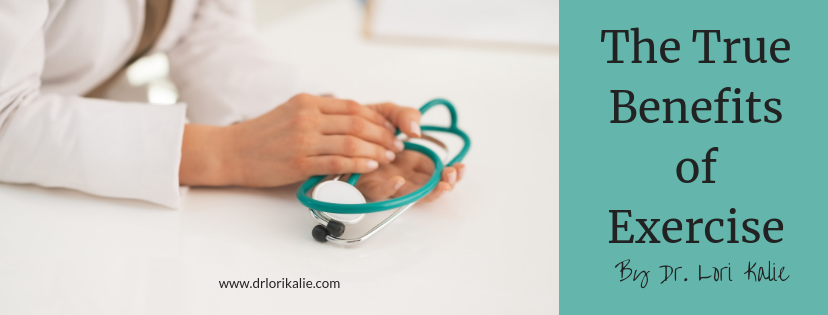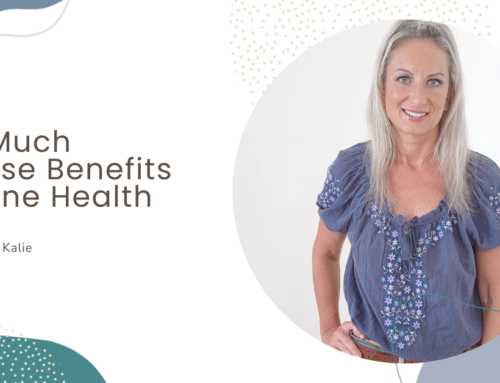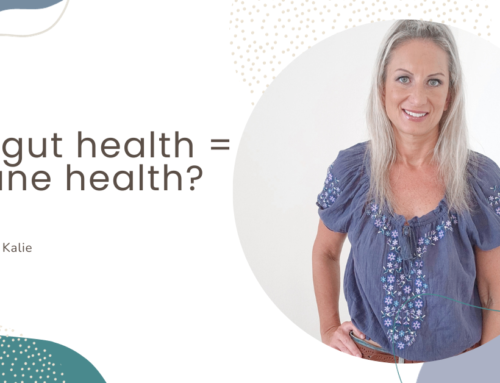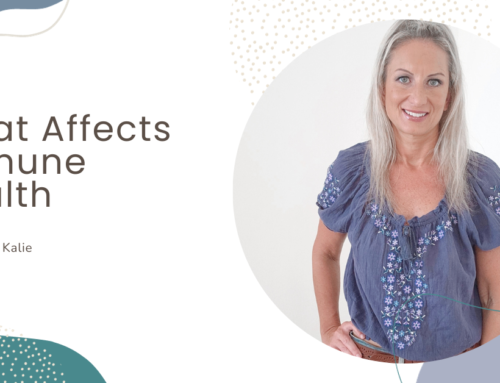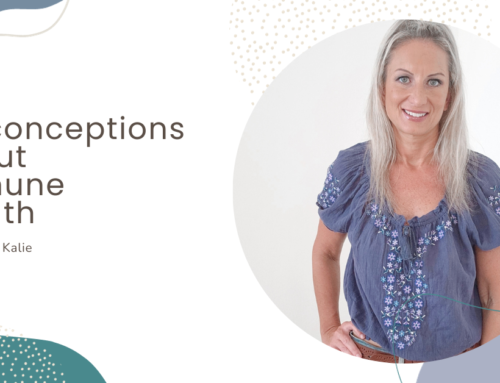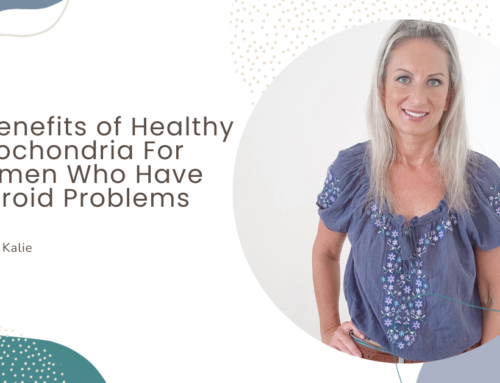One of the major complaints I hear from women with hypothyroidism and Hashimoto’s is that they are gaining weight or can’t seem to lose weight no matter what diet they try. Fatigue is quite common with thyroid conditions and prevents women from having the necessary energy to exercise.
What I recommend for women with thyroid conditions is that they address adrenal fatigue first when trying to reverse thyroid conditions. That includes not exercising to ad degree that puts more stress on your body causing even more adrenal fatigue. Read more about adrenal fatigue here.
However, exercise is important for health and should be implemented in daily life. You just need to take it slow at first and build up to the amount of exercise your body can tolerate.
The Benefits of Exercise
Exercise. It can improve your health on all levels. We’re not just talking about being fitter and stronger. We’re talking about overall health and longevity.
Regular exercise improves your heart health, brain health, muscle and bone health, diabetes, and arthritis. Beyond those, it also reduces stress, boosts moods, increases your energy, and can improve your sleep, all necessary for those with thyroid issues. And exercise prevents death from any cause (“all cause mortality”).
Convinced yet?
The benefits of exercise come from improving blood flow, and reducing inflammation and blood sugar levels. They come from moving your muscles (including your heart muscle) and pulling on your bones.
You don’t need to go overboard on exercise to get these amazing health results. As little as 30 minutes of moderate activity 5 days/week is enough. (Start with just five or ten minutes of exercise and add time as you can.)
And you don’t have to do a particular kind of exercise. All four types of exercise have health benefits. They are:
- Endurance (brisk walking, jogging, yard work, dancing, aerobics, cycling, swimming)
- Strength (climbing stairs, carrying groceries, lifting weights, using a resistance band or your body weight, Pilates)
- Balance (standing on one foot, Tai Chi)
- Flexibility (stretching, yoga)
Don’t forget, all exercise counts, even if it’s not doing a sport or in a gym. Weekend hikes, walking to the store and doing household chores also count towards your weekly exercise goal.
Let me take a minute to prove to you how healthy exercise really is. Here are a few key points.
Exercise for heart health
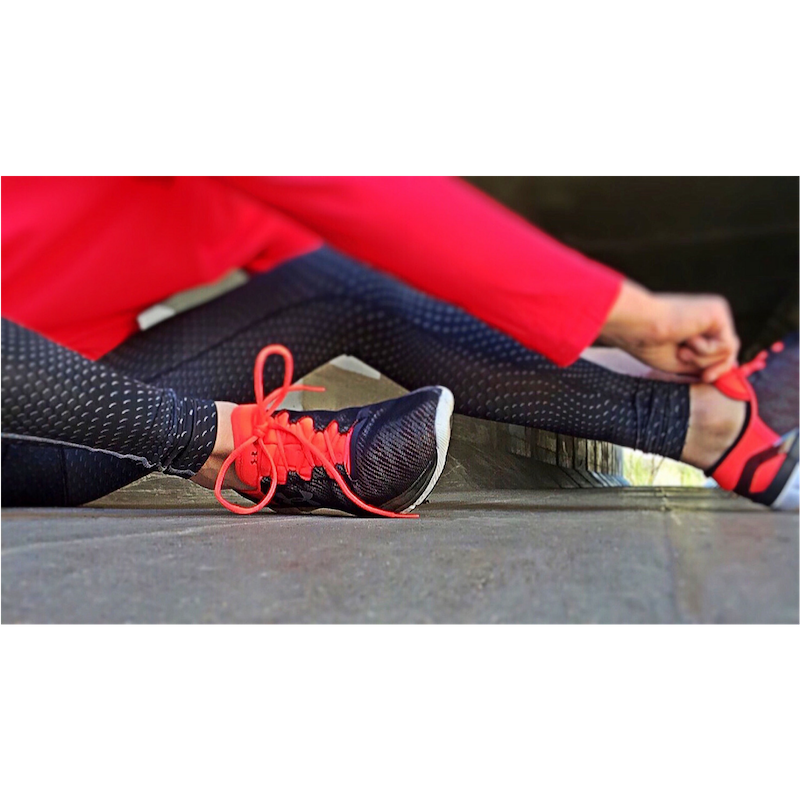
The true benefits of exercise
Exercise reduced cardiac mortality by 31% in middle aged men who previously had a heart attack.
Regular exercise reduces blood pressure in people with hypertension (high blood pressure).
Exercise for brain health
Exercise can improve physical function and quality of life in people with Parkinson’s disease. It also reduces changes in the brain associated with Alzheimer’s disease.
Exercise improved mental functions by increasing brain-derived neurotrophic factor (BDNF). BDNF is involved in learning and memory. It also increases the size of the part of the brain for memory and learning (the “hippocampus”); this was shown mostly with aerobic exercise.
Exercise for muscle and bone health
Regular physical activity can help maintain strong muscles and bones; this is particularly true for strength exercises. As we age, we naturally start to lose muscle mass and bone density. So, to prevent osteoporosis, exercise regularly.
PRO TIP: And don’t forget that balance exercises and Tai Chi can help prevent falls.
Exercise for diabetes
People with diabetes who exercise have better insulin sensitivity and HbA1C values (the marker of glycemic control).
Exercise does this because by contracting your muscles, you’re fueling them with sugar in your blood. This helps to manage blood sugar levels better than without exercise.
Conclusion
These are just the tip of the iceberg when it comes to the health benefits of exercise. By doing just 30 minutes 5 days/week, you can vastly improve your health. (Start with just five or ten minutes of exercise and add time as you can.) Since there are different benefits for different types, try mixing up what you do throughout the week. You don’t even need an “official” workout. Walking to the grocery store or doing household chores can count too.
If you’re just starting, then pick something you enjoy, get some accountability (exercise tracker or a buddy), and start.
What’s your favorite exercise and how often do you do it?
Recipe (exercise recovery): Coconut Water Refresher
Serves 2
1 cup coconut water
2 cups watermelon
½ tsp lime juice
1 dash salt
1 cup ice
2 tbsp chia seeds (optional)
Instructions
Blend the first four ingredients until well mixed. Add ice and pulse until ice is crushed.
Pour into glasses or water bottle and add chia seeds. Shake/stir before drinking.
Serve & enjoy!
Tip: The chia seeds add extra fiber, protein, and omega-3s.
Get my FREE “Eat Right for Your Thyroid Crash Course” download here. I provide you with 5 days of recipes, meal plans, and a guide to help you reverse your thyroid symptoms.
Join my free Facebook group for help with reversing thyroid conditions here.
References:
https://www.youtube.com/watch?v=SFBBjynBpSw&t=3s
https://authoritynutrition.com/10-benefits-of-exercise/
https://www.niams.nih.gov/Health_Info/Bone/Osteoporosis/Fracture/prevent_falls_ff.asp
http://www.health.harvard.edu/healthbeat/exercise-is-good-for-diabetes
https://authoritynutrition.com/15-ways-to-lower-blood-sugar/

